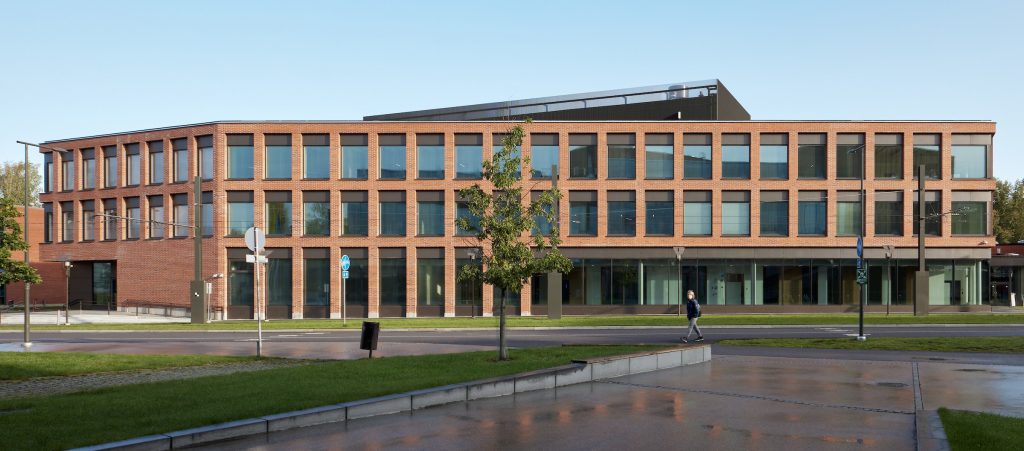Aalto University School of Electrical Engineering
Department of Information and Communications Engineering
Finnish Center for Artificial Intelligence (FCAI)
ELLIS Institute Finland
Predictive models of human behavior in everyday interactive tasks
We study computational models of human behavior and their applications in interactive computing systems. Our models emulate human-like thinking and movements in everyday interactive tasks. They can be used to produce predictions of human performance, ergonomics (e.g., fatigue, workload), as well as common errors. The primary application areas lie within human-computer interaction and human-AI interaction, including:
- Mobile interaction
- Graphical user interfaces
- Web navigation and browsing
- Traffic behavior
- Information visualizations
- Virtual, augmented and cross-reality interfaces
- Human-robot interaction
Better computing technology via better human models
Our objective is to enhance the ease-of-use, safety, and user experience of computers. Much of the potential of computing remains untapped due to a mismatch between its design and the abilities and preferences of users. Developing accurate but practical predictive models of human behavior could revolutionarize the design and engineering of computing applications. Understanding the underlying latent factors driving human behavior stands as a crucial challenge in the creation of such human-centric technology. Our models can be used for:
- Inferring users’ capabilities, beliefs, and preferences from data
- Generating training data for ML algorithms
- Evaluating designs against human-centric metrics
- Generating designs to support designers
- Informing decision-makers about the pros and cons of solutions
- Optimizing designs against human objectives
- Driving assistive and adaptive interfaces
- Improving accessibility
Read more about what simulation can do for HCI and HAI, how AI can understand users, and how our methods helped redesign the French keyboard standard.
Cognitive science meets machine learning meets HCI
We adhere to a ‘glass box’ approach to modeling. This involves combing theory (cognitive science, biomechanics) with contemporary machine learning methods like deep reinforcement learning and language models. Our theoretical foundation stems from computational rationality, a framework that anticipates human behavior by formulating policies that are nearly optimal within the confines of human-like constraints. Many of these constraints, particularly those tied to human cognition, perception, motor control, and biomechanics, have long been recognized but not yet incorporated into comprehensive models. Thanks to the advancements in machine learning, achieving this integration is now within our grasp.
Read more about computational rationality and how our models work. Read more about how our models can drive computational design and human-centric AI.
Rigorous validation against high quality human datasets
Our laboratory offers equipment and space for experimental research for computational modeling. We have equipment for micro- (fingers, hands, eyes) and meso-scale (body) measurements of human motion. Take a look!
Members
We are an interdisciplinary group with backgrounds in computational sciences, cognitive sciences, and design.
Antti Oulasvirta (lead)
Danqing Shi (postdoc)
Joon-Gi Shin (postdoc)
Francisco Erivaldo Jr. (postdoc)
Thomas Langerak (postdoc)
Shuai Ma (postdoc)
Lena Hegemann (PhD student)
Aini Putkonen (PhD student)
Yue Jiang (PhD student)
Xuejing Luo (ELLIS PhD student)
Ruofeng Wang (PhD student)
Jan Kompatscher (PhD student)
Katri Leino (PhD student, 2nd supervisor)
Anna Riha (PhD student, 2nd supervisor)
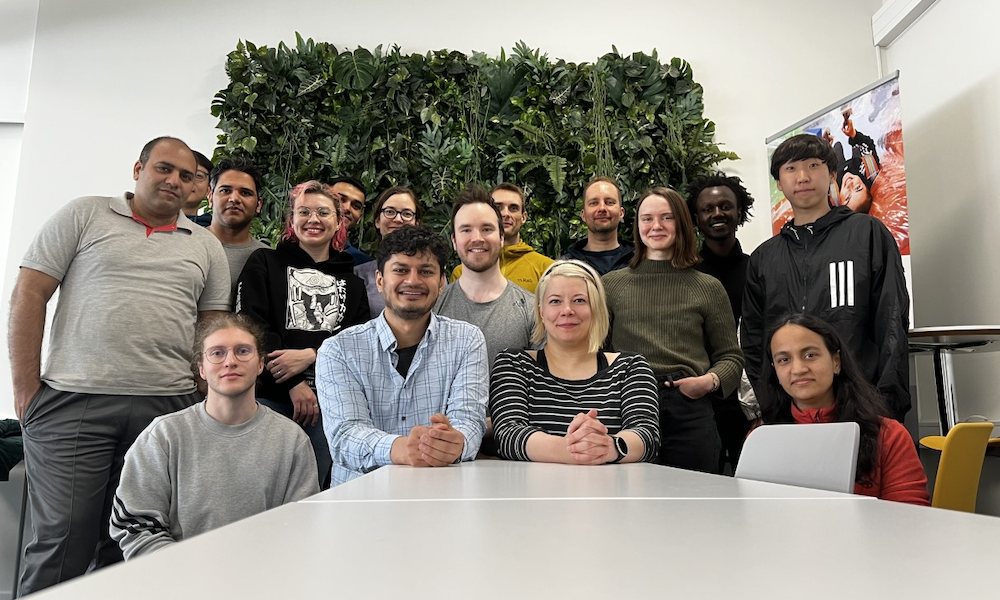
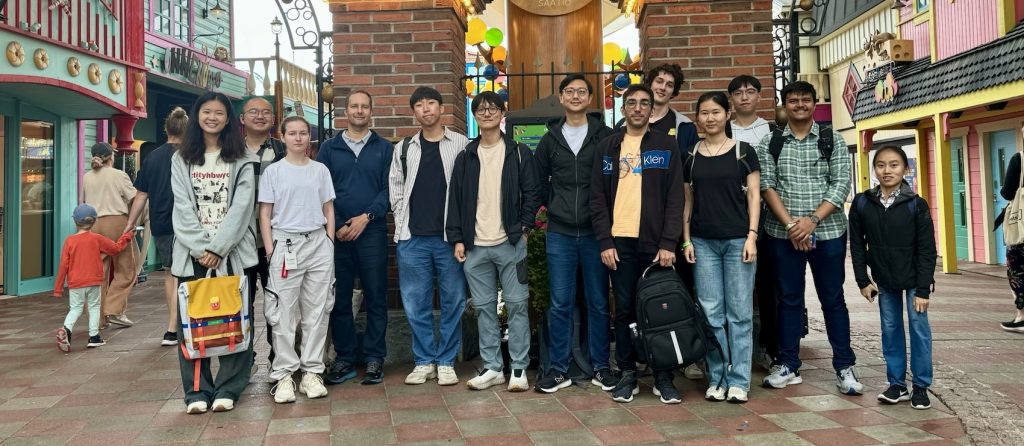
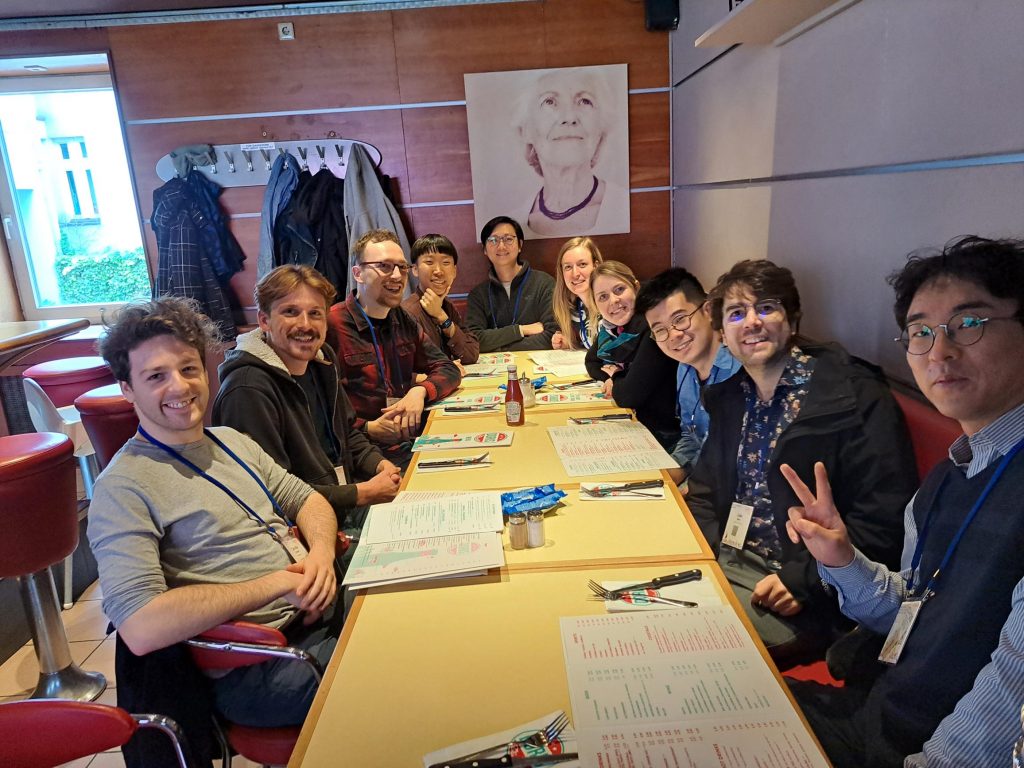
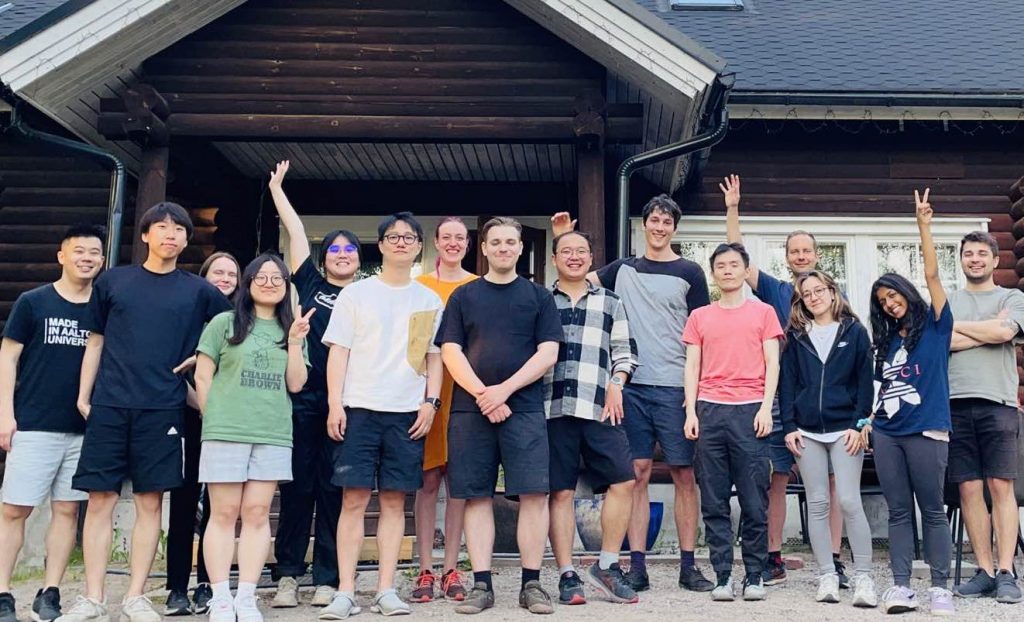

Location
We are located in the new building called Kide (Konemiehentie 1) on the beautiful campus of Aalto University in Espoo, Finland.

